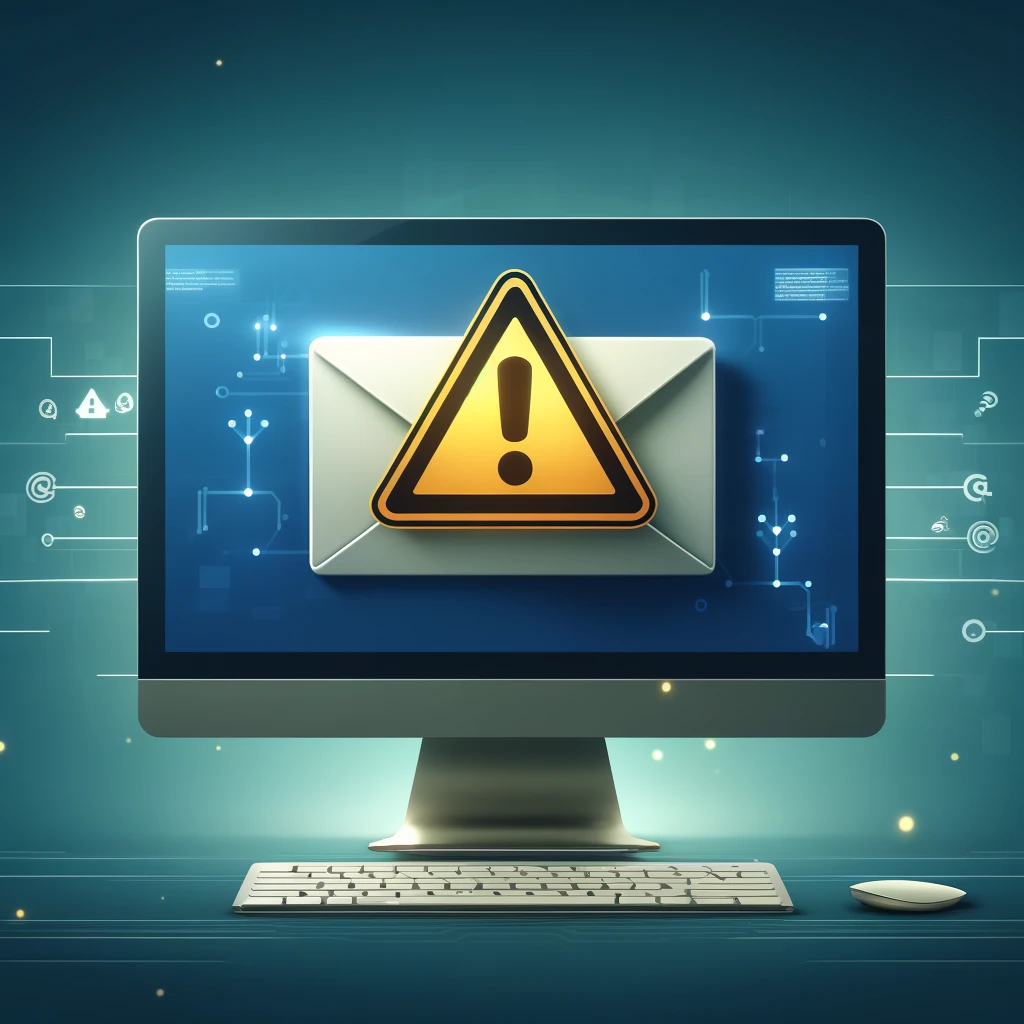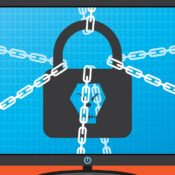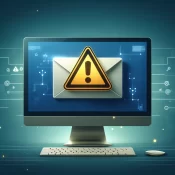
How to Protect Your Business From Phishing
Phishing attacks remain one of the most common and effective methods cybercriminals use to compromise business security. These attacks not only target large corporations but are increasingly aimed at small and medium-sized businesses (SMBs), exploiting their often-vulnerable systems and deceiving employees. Here’s a guide on how SMBs can fortify their defenses against phishing attacks and protect their valuable data.
1. Understand the Threat
Phishing attacks use deceptive techniques, typically via emails, that appear to come from legitimate sources. Their aim is to trick individuals into providing sensitive data such as login credentials, credit card information, or other confidential data. Recognizing the forms these attacks can take is the first step in defense:
- Email Phishing: The most common form, where emails mimic legitimate companies or known contacts.
- Spear Phishing: More targeted, aiming at specific individuals or companies with personalized information.
- Whaling: A type of spear phishing that specifically targets senior executives.
- Smishing and Vishing: Phishing via SMS (smishing) and voice calls (vishing).
2. Implement Strong Email Filters
To reduce the risk of phishing emails reaching your employees, implement robust email filtering solutions. These filters can block known phishing domains and scan emails for malicious links and attachments. Regularly updating these filters can help adapt to new phishing tactics as they emerge.
3. Conduct Regular Training Sessions
Human error is often the weakest link in cybersecurity. Conducting regular training sessions to educate your employees about the dangers of phishing attacks and how to recognize them is crucial. Training should include:
- Identifying suspicious email addresses and links.
- Verifying requests for sensitive information.
- The dangers of unsolicited attachments.
4. Use Multi-Factor Authentication (MFA)
Even if a phishing attempt is successful, multi-factor authentication can prevent unauthorized access to your systems. MFA requires additional verification (like a phone notification or authenticator app code) to access accounts, providing an extra layer of security beyond just a password.
5. Keep Systems Updated
Cybercriminals exploit vulnerabilities in software to carry out phishing attacks. Keeping your operating systems, applications, and network security tools updated with the latest patches and updates reduces the risk of such exploits.
6. Create a Response Plan
Having a response plan in place is crucial for minimizing damage if a phishing attack does occur. Your plan should include:
- Immediate steps to isolate affected systems.
- Procedures for changing passwords and revoking access.
- Contacts for legal and IT support.
- Communication strategies to inform affected parties without causing panic.
7. Regularly Back Up Data
Regular backups of critical data can help mitigate the damage of a phishing attack, especially ransomware, which can encrypt your data. Ensure backups are performed regularly and stored securely off-site or in the cloud.
Conclusion
Phishing attacks are a significant threat to businesses of all sizes, but with the right strategies in place, SMBs can protect themselves effectively. By understanding the threat, training employees, utilizing technical defenses like MFA and email filters, and preparing a robust response plan, your business can significantly reduce its vulnerability to these cyber threats.
Stay vigilant and proactive about cybersecurity and consider partnering with a managed service provider who can help implement these strategies and monitor your systems for continuous protection. If you’re unsure about where to start, contact us today for a complimentary technology assessment tailored to your business needs.




